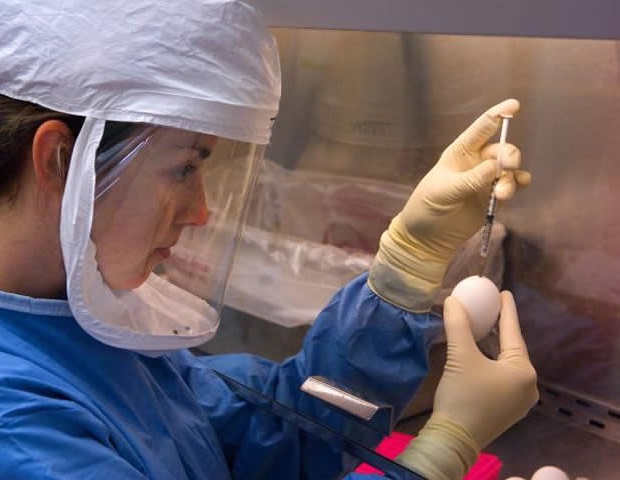
People with Long COVID use the health service significantly more than they did before their diagnosis. These patients need to use GP, outpatient, inpatient and emergency department services more than people in other control groups – and the costs of their healthcare use have more than doubled.
These are the findings of a major study which have serious implications for health service resourcing, globally. Long COVID affects 1.9 million people in the UK, and at least 65 million individuals worldwide are estimated to have had Long COVID after the first pandemic wave.
The study published today, 28 November 2024, in the Journal of the Royal Society of Medicine analysed how 280,000 people with Long COVID use healthcare services in the UK. The researchers found that people with Long COVID have health service needs costing a median of £705, annually. Before being diagnosed with Long COVID, those same people had median annual NHS costs of £294.
For comparison, the study looked at various control groups. This included over a million people with COVID – but not Long COVID. These people had median healthcare costs of £447 per year.
Of all the people considered, those with Long COVID had the highest hospitalisation rates over two years. Annually, individuals with Long COVID had more GP consultations (a median of 9.90) and outpatient appointments (a median of 1.07) per person than all control groups. The analysis showed that people with Long COVID had higher emergency department attendance than all control groups, and significantly higher inpatient admissions than all but one control group.
What makes Long COVID so costly for the health service – and so incapacitating for patients – is that is a heterogeneous, complex condition which affects multiple organs. These are probably caused by multiple underlying mechanisms. And while there has been scientific progress, this new syndrome is still not fully defined.
Long COVID is a debilitating disease for patients, presenting in a myriad of ways, with far-reaching implications for those affected. In this context, it is understandable that the people with Long COVID have complex healthcare needs and access services significantly more than others.
Health systems have been under strain from the impact of Long COVID, stretching staff and infrastructure. Our study has quantified that cost, finding that people with Long COVID have healthcare service needs extending to GP, outpatient, inpatient and emergency departments, and that annually the median cost of this per person is more than double what it was before contracting COVID.”
Dr. Yi Mu from the Institute of Health Informatics at University College London, joint first author on the study
Dr. Ashkan Dashtban from the Institute of Health Informatics, University College London, who was joint first author on the study, said:
“Government and policy makers must take immediate action. The treatment and prevention of Long COVID must be prioritized in research, practice and policy.”
The study participants were adults who had Long COVID between January 2020 and January 2023. Of the 282,080 individuals, the average age was 48 years, and the most prevalent age group was 40-59 years. There were no notable differences by social deprivation, with 20.5% of people being among the most deprived and 18.8% of people being among the least deprived. The North-west of England (21.2%), London (14.4%) and the South-west (14.2%) regions had highest representation.
Healthcare Utilisation of 282,080 Individuals with Long COVID over Two Years: A Multiple Matched Control, Longitudinal Cohort Analysis is published in the Journal of the Royal Society of Medicine.
Source:
Journal reference:
Mu, Y., et al. (2024). Healthcare utilisation of 282,080 individuals with long COVID over two years: a multiple matched control, longitudinal cohort analysis. Journal of the Royal Society of Medicine. doi.org/10.1177/01410768241288345.




